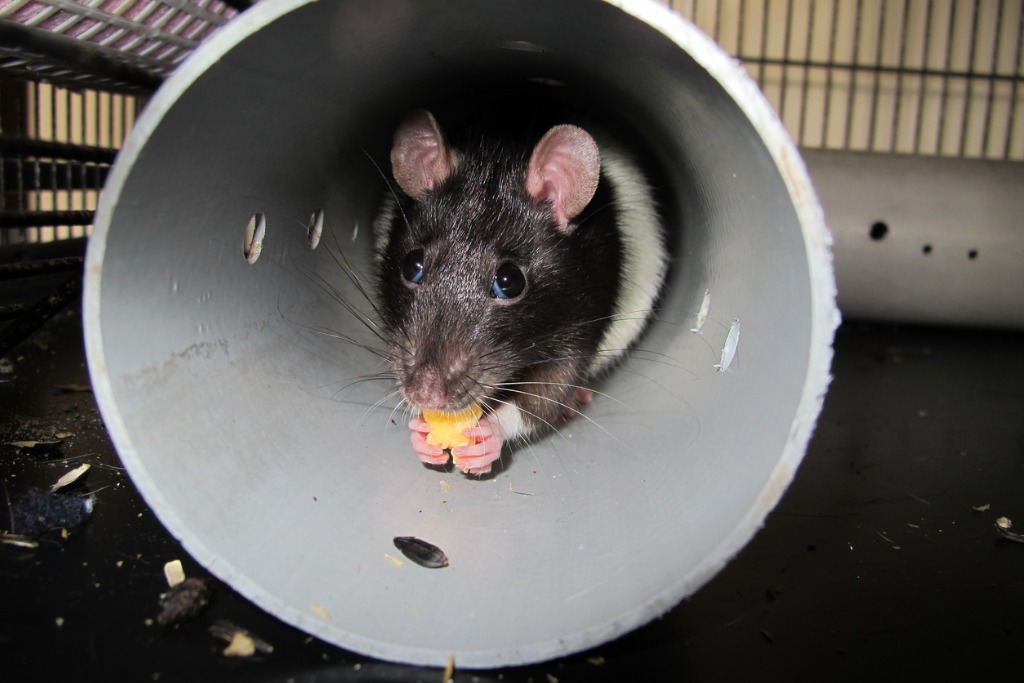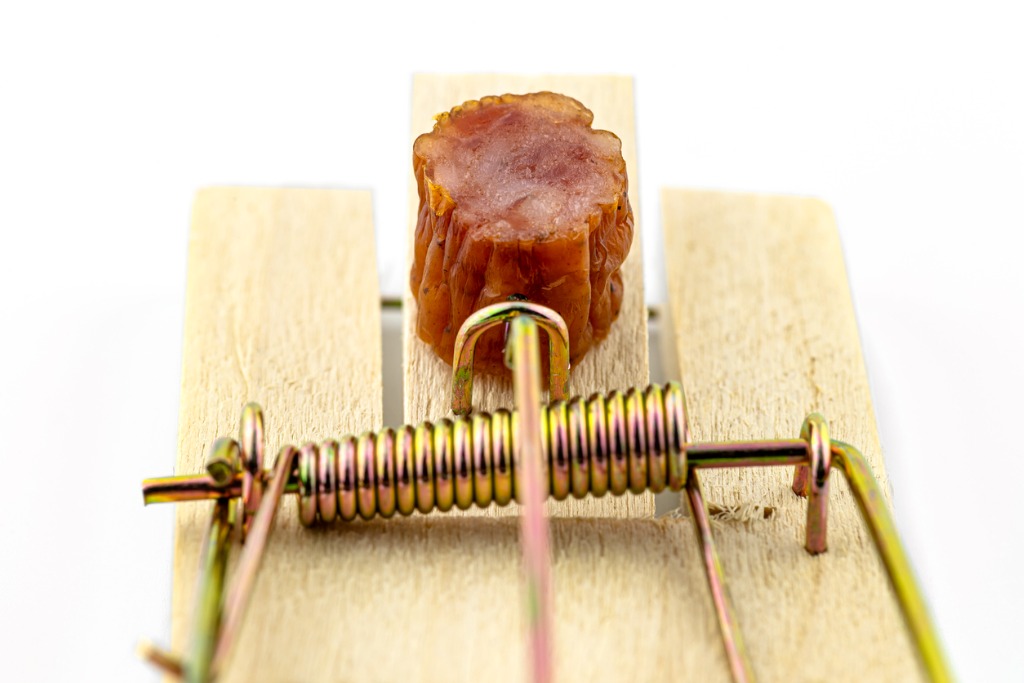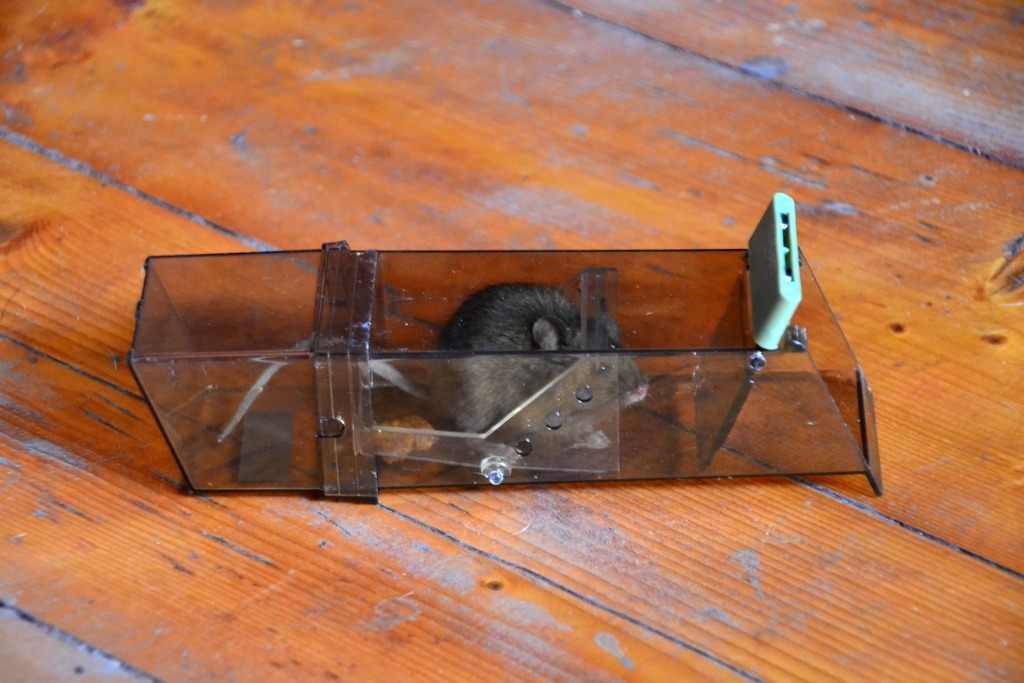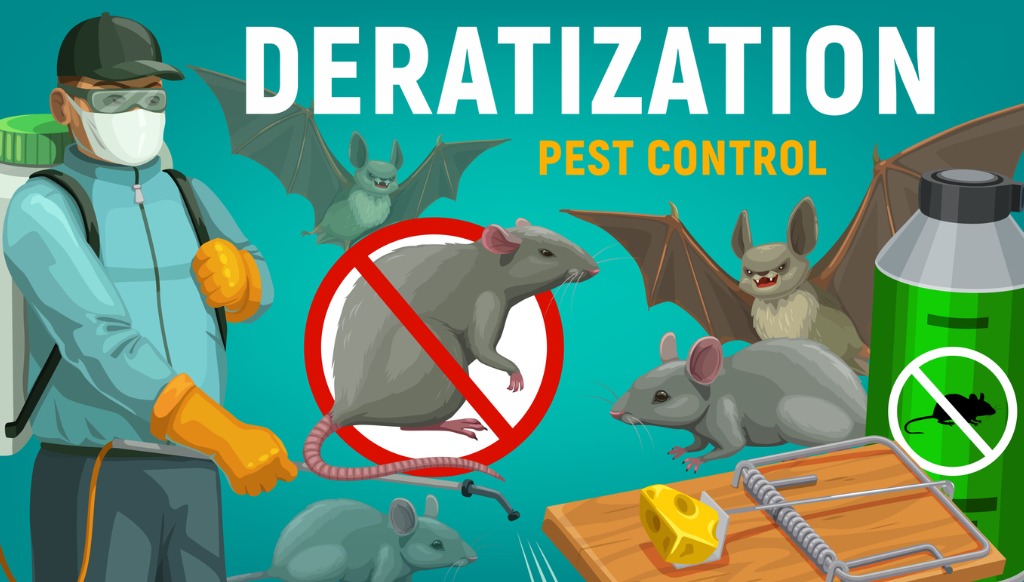Mice in the walls of a home or building are more than just a nuisance; they represent a serious issue that requires immediate attention. Their hidden presence may appear inconsequential at first, but the potential damage they can cause is far-reaching.
From structural harm to the risk of diseases, a rodent infestation can have dire consequences. This guide aims to outline the importance of addressing rodent infestations, the potential risks and problems caused by mice in walls, and a step-by-step process for effective removal.
By following the advice herein, homeowners can restore the safety, sanitation, and comfort of their living spaces, ensuring that the walls are free from unwanted guests.
Whether taking a DIY approach or seeking professional help, understanding the importance and the process of removal is the first step in reclaiming control over this common but solvable problem.
Key takeaways
- Early detection is crucial for minimizing damage and health risks.
- Gather proper tools and safety gear before starting the removal process.
- Utilize different trap types and effective bait to capture rodents.
- Seal entry points in walls and reinforce vulnerable areas to prevent reentry.
- Thoroughly clean and disinfect affected areas after successful removal.
- Maintain cleanliness, proper food storage, and regular inspections to prevent.
- Professional help can be considered for extensive or complex infestations.
- Act promptly to prevent health risks and potential structural damage.
- Ongoing diligence is key to a rodent-free and comfortable living space.
Identifying the Problem

Detecting a mouse infestation early is vital to minimize the potential damage and health risks.
Here’s how you can identify and locate the problem:
1. Signs of a Rodent Infestation
- Scratching or Scurrying Noises: Hearing unusual sounds within the walls, particularly during the night, is often the first sign of a rodent infestation.
- Droppings and Urine Stains: Finding small, dark droppings or noticeable urine stains around the house indicates the presence of mice.
- Gnaw Marks on Walls and Wires: Look for visible damage on walls, furniture, and electrical wires. Mice have strong teeth and can chew through various materials.
2. Locating the Areas of Activity
- Common Hiding Spots in Walls: Mice typically nest in hidden and warm areas. Inspect inside wall cavities, behind appliances, or under floorboards.
- Entry Points and Pathways: Identify the entry points that mice use to enter the walls. Look for small holes or cracks, especially around plumbing, windows, and doors. Grease marks along pathways are also common signs of frequent mouse activity.
By accurately identifying the signs and locations of a rodent infestation, you’ll be well-prepared to choose the best course of action for elimination. Whether tackling the problem yourself or calling in professionals, a proper understanding of the infestation’s scope will be essential for effective removal.
Preparation

Before embarking on a rodent removal endeavor, it is crucial to have the proper tools, materials, and safety measures in place.
Here’s what you need:
1. Gathering Necessary Tools and Materials
- Traps: Various types of traps are available, including snap traps for killing the mice or live traps for humane catch-and-release.
- Bait: Mice are attracted to food sources like peanut butter and cheese, which make excellent bait for traps.
- Gloves, Mask, and Protective Gear: Proper safety equipment, such as gloves and masks, will protect you from direct contact with rodents or their droppings.
- Sealant and Caulk: These materials are necessary to seal entry points and prevent future infestations.
2. Safety Precautions
- Proper Ventilation: Ensure good airflow, especially when cleaning up droppings or contaminated areas, to minimize the inhalation of potentially harmful particles.
- Protecting Against Diseases: Since rodents can carry diseases, follow proper sanitation measures. Wear protective gear, and wash hands thoroughly after handling traps or cleaning affected areas.
Rodent Removal Techniques

Trapping
One of the most effective ways to remove rodents is through trapping. This process involves placing traps in strategic locations where mice are most active. It’s vital to consider using different types of traps, such as snap traps for immediate elimination or live traps for humane capture and release.
The choice depends on personal preferences and the specific situation. Whichever method is selected, checking and emptying traps regularly is essential to maintain effectiveness and sanitation.
Baiting
Baiting is a significant aspect of trapping, as the right bait can significantly increase the success rate. Choosing effective bait options like peanut butter or cheese, which are known to attract mice, can make a big difference.
Proper placement of bait, ensuring it is easily accessible to rodents but not to pets or children, is crucial. Replacing bait as needed will also keep it fresh and attractive to the mice, helping to maintain the efficacy of the traps over time.
Sealing Entry Points

Sealing entry points is a crucial step in not only eliminating a current rodent infestation but also preventing future ones. This involves carefully identifying gaps and holes in walls, which can often be hidden and require meticulous inspection.
Once these entry points are located, using sealant and caulk is an effective way to close the openings and block access. It’s also essential to reinforce vulnerable areas, especially those that might be prone to gnawing or other damage.
Exterior repairs may include fixing cracks or holes in the foundation, siding, or roofing to prevent reentry. By addressing these areas, homeowners can create a barrier that keeps rodents out, safeguarding the home against further infestations.
Clean-Up and Sanitation
After successfully removing the rodents, the clean-up and sanitation phase is paramount to restoring the affected areas to a healthy state. This includes the careful removal of rodent droppings and nesting materials, which may be contaminated and pose health risks.
Using proper protective equipment and cleaning supplies, it is essential to thoroughly disinfect all affected areas to eliminate any remaining bacteria or viruses. Proper disposal of contaminated materials, following local regulations and guidelines, ensures that the risk of disease transmission is minimized.
This final step in the process helps to make the space safe and comfortable once again, marking the completion of a comprehensive rodent removal effort.
Prevention
Prevention is the key to avoiding future rodent infestations, and it requires ongoing diligence. Maintaining cleanliness and hygiene around the home can deter rodents from finding attractive nesting areas.
Proper food storage, including sealing containers and promptly cleaning crumbs or spills, eliminates readily available food sources that might attract mice. Regular inspection of potential entry points, such as gaps, cracks, or holes in walls and foundations, allows for timely sealing and reinforces the home’s defenses against these unwanted guests.
By integrating these practices into daily routines, homeowners can significantly reduce the likelihood of facing another infestation, ensuring a rodent-free and comfortable living environment.
Seeking Professional Help

In some instances, dealing with a rodent infestation might become too overwhelming or complicated for a do-it-yourself approach. When the situation is extensive, recurring, or if personal efforts have not been successful, it may be time to consider professional pest control.
Hiring a qualified exterminator with experience and knowledge in rodent removal ensures that the problem is addressed comprehensively. These professionals utilize specialized tools and methods tailored to the specific situation, often providing a more permanent solution.
Additionally, many pest control companies offer follow-up inspections and maintenance services to ensure that the issue is fully resolved and that preventative measures are in place. Turning to experts when needed brings peace of mind, knowing that the problem is being handled with the utmost care and expertise.
Conclusion
Eliminating mice from walls is a multifaceted process that requires careful attention to detail and adherence to specific procedures. The key steps in rodent removal encompass identifying the infestation, preparing with appropriate tools and safety measures, implementing trapping and baiting techniques, sealing entry points, and thorough cleaning and sanitation.
It also involves considering professional help if needed and focusing on prevention to maintain a rodent-free environment. The importance of addressing infestations promptly cannot be overstated, as delays can lead to health risks, structural damage, and increased difficulty in removal.
By understanding and following this guide, homeowners can effectively tackle a rodent problem, ensuring a safe, clean, and comfortable living space. The maintenance of a rodent-free environment is not only a matter of convenience but an essential aspect of home care that preserves both well-being and property value.
Frequently asked questions
Answer: Signs of a rodent infestation include scratching or scurrying noises in the walls, finding small dark droppings or urine stains around the house, and observing gnaw marks on walls, furniture, and wires. Grease marks along pathways and visible damage can also indicate frequent mouse activity.
Answer: You’ll need traps (snap traps or live traps), effective bait (like peanut butter or cheese), gloves, masks, sealant, caulk, and protective gear. Proper ventilation and sanitation measures are essential for safety when handling traps and cleaning affected areas.
Answer: Trapping is a key method for rodent removal. Place traps strategically where mice are active. Use different types of traps based on personal preference and situation. Regularly check and empty traps for best results and sanitation.
Answer: Sealing entry points is crucial for eliminating current infestations and preventing future ones. Identifying and sealing gaps and holes in walls and foundations with sealant and caulk creates a barrier that keeps rodents out and safeguards against further infestations.
Answer: If a rodent infestation is extensive, or recurring, or if personal efforts have been unsuccessful, consider hiring a professional pest control service. Exterminators have the expertise and specialized tools to comprehensively address the issue, often providing more permanent solutions.

